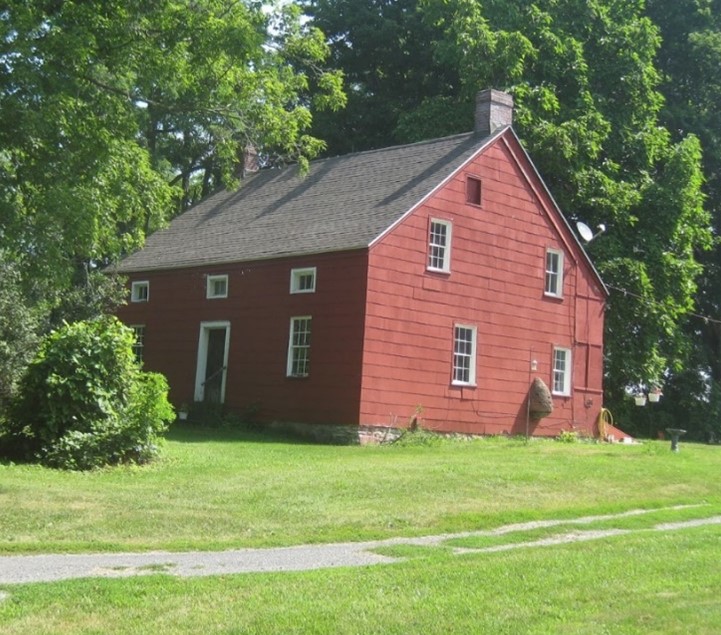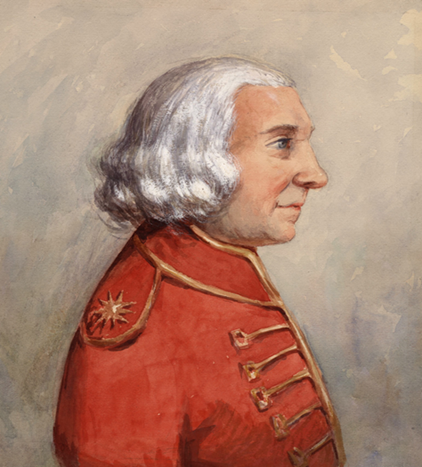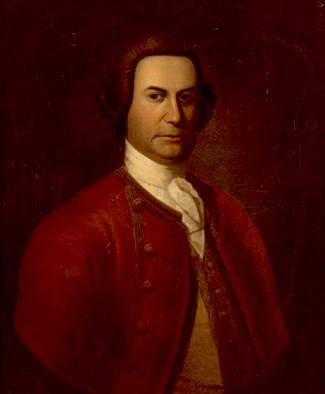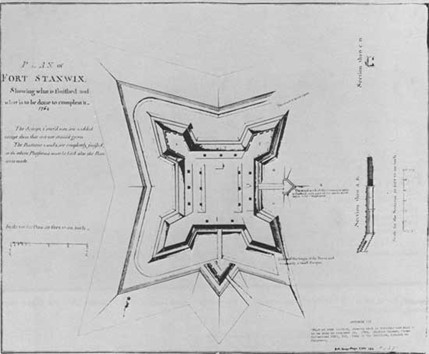Nowhere was the civil war nature of things more evident than in the Mohawk Valley, where most of the combatants were former white and Indian friends, neighbors, and family members. What follows is the story of one such Mohawk Valley resident. He was not one of the famous people of the Revolution, not even in the Mohawk Valley. He was simply an ordinary person thrust into very uncertain and scary times. In this regard, he is not unlike many of us living our everyday lives in the world today. While ultimately this man would become a “Loyalist” and support the British Government, his story also illustrates that the path to becoming a “Rebel” or a “Loyalist” was far from straightforward.
Want to know more? If so, we invite you to join us for this four-part series on a “lost voice of the Revolution.” His story will continue every two weeks from now to May.
The author of this blog is greatly indebted to Peter C. Betz, retired professor at Fulton-Montgomery Community College and historian for Fulton County, NY. Much of the following material was first researched and published by Peter in the Fall 1998 issue of “The Loyalist Gazette”, the journal of the United Empire Loyalists organization of Canada.
Edward Wall is believed to be Irish, but everything about him prior to his arrival in the Albany area in 1768 is conjecture or an “educated guess” at best. Wall is a prominent name in Ireland, and the fact that he apparently looked immediately to Irish born Sir William Johnson for patronage might be an indication that Wall hoped to use their common ancestry to his advantage. However, it is just as possible that arriving in Albany and poking around, Wall had “heard through the grapevine” that Johnson was actively searching for a school master for his family and tenants. Whatever the case, in November of 1768, Johnson’s Factor (property and estate manager), John Wetherhead, wrote to Johnson that “The Bearer of this Mr Wall, has applyd to me for an Introduction to you — it Seems he is very anxious to be employed by you in the Capacity of a School Master; As I am an entire Stranger to him, you will know best what to Say to him, as you will very Easily find out his Qualifications if he has any —.”
Whatever Wall’s qualifications may have been, they were apparently not impressive enough to immediately secure him the desired position. It seems that instead, Wall may have started his teaching career in1769 in a school sponsored by John Butler, on his estate of Butlersbury(the modern Switzer Hill area), overlooking the village of Fonda. Butler was a close friend ofJohnson and worked as an interpreter in Johnson’s Indian Department. He also held multiple political and military positions in Tryon County. Whatever the position, Wall was definitely employed by Butler, because by March of 1769, he was allowed to purchase items on Butler’s account. Perhaps Johnson used Wall’s time with Butler as a “trial run” to see if the school master would meet his expectations.
By September of 1769 however, Wall finally secured the position of school master for the growing settlement of Johnstown. Of hiseducational qualifications, Johnson writes only that Wall had “received a liberal education in Europe”. Johnson also notes that by December of 1769, Wall “has at present near 45 children whites and Indians and his school daily increases”. Wall’s career as a school master would not last long, however. By 1771, Sir William Johnson, in partnership with Jelles Fonda, had established a fur trade operation at Fort Stanwix. That Wall could move in such a shortperiod of time from being a school master to becoming more directly involved in the Johnson dynasty suggests that he was an enterprising, reliable, and trustworthy man. Further evidence of this is the fact that he was raised into the St. Patrick’s Masonic Lodge in Johnstown in September of 1770. No doubt Johnson and Fonda would have kept an eye out for promising young lodge brothers to groom for positions of greater responsibilities.
IMAGE BELOW: “Butlersbury” The residence of the Butler family, as it looks today. It is a dark red clapboard house with a roof of dark shingles, it has a central doorway with a large window on each side and 3 windows above. 4 windows, two up and two down, can be seen on the side of the house.

Whatever circumstances brought him the opportunity, by May of 1771 Edward Wall was at Ft. Stanwix to be the onsite manager of the operation. He also offered portaging services for the various people taking boats and goods across the Oneida Carry. Unfortunately for Wall, Johannes Roof, the most prominent settler on the carry, had already established a successful trade and portaging business and he took a very dim view of anyone trying to cut in on his operation. While a small British garrison remained at the fort, Roof had become the true power on the Oneida Carry. The fort commander, sickly Lt. John Galland, complained in a letter to Johnson that “I hope his Excellency General Gage will give me immadient orders to turn Ruff and all his gang off this ground I assure you Sir his insolence is not to be boren. He even tourns off the ground any man he does not like and brings in whom he likes and gives them the best land belonging to the King without my liberty.”
IMAGES BELOW: Portrait of Colonel John Butler.
A portrait of Sir William Johnson.


Unfortunately for Wall, Roof was to take an immediate dislike to him and his attempt to establish a rival business. He first actively discouraged travelers from using Wall’s portaging service and then took steps to remove Wall permanently. Lt. Galland’s letter to Sir William Johnson also related how Roof had sent one of his cronies to physically assault Wall and that after knocking him “he got upon him and draggedtore and beat him most unmercifully. He got him by the heir of his head as he lay on his back and dragged him…to his own house where he got a coard and bound him fast and then held him in confinement.”
After a brief standoff the affair ended when Gulland ordered a file of men to break in all the doors of the attacker’s house and release Wall.
Despite such brutal treatment, Wall stayed on and continued to carry out his duties. When Wall had first arrived on the carry, Three Oneida Indian leaders came to see Wall, and no doubt to “get the measure of the man.” Impressed that he had been personally chosen by Johnson to manage the trade operation, the Oneida leaders gave him the name “Awhawhoana” which meant “The Great Road.” From all appearances, Wall got on well with the Indians he engaged with and if Roof made any further attempts to drive “The Great Road” away, no record of it has been found.
As with his teaching career however, Wall was not destined to remain long in his position at Fort Stanwix. There is presently no information as to what brought about Wall’s change of duties and location, but by January of 1772, he was working directly under Jelles Fonda at Fonda’s home/trade center in Caughnawaga (modern Fonda, NY).
Being within a short distance of Butlersbury, Wall apparently also had the opportunity to reestablish ties with John Butler and his extended family as Wall wed Deborah Butler in July of 1772. Deborah was John Butler’s niece. Edward and Deborah Wall settled in the German Flatts area, where Wall established a trade business. He also maintained a business relationship with Sir William Johnson, writing him in November of 1772 that he could provide Johnson with whatever goods he might need to conduct his business when in the area.
With the continuing unrest between the British government and her colonies, the Johnson regime made clear which side they supported by circulating a loyalty oath throughout Tryon County that all property-owning men were expected to sign.Amongst other thingsthe oath stated that theypromised “to bear truthand allegiance to his Majesty King George III.”
Wall was one of 68 men who signed the oath.
IMAGE BELOW: A black and white map of Fort Stanwix done in 1764. The fort would have looked similar to this when Wall was there in 1771.

Wall then disappears yet again back into the mists of time for an extended period, not to resurface again until May of 1775. We can only conjecture that perhaps, now with a wife and a growing business, Edward Wall had finally found a measure of peace and contentment. If this was the case, Wall’s peaceful existence would last only a little over two years. When he next reappeared, it was in a very different situation, with a set of challenges that would test his loyalties to his king, his country, and his friends and neighbors.
